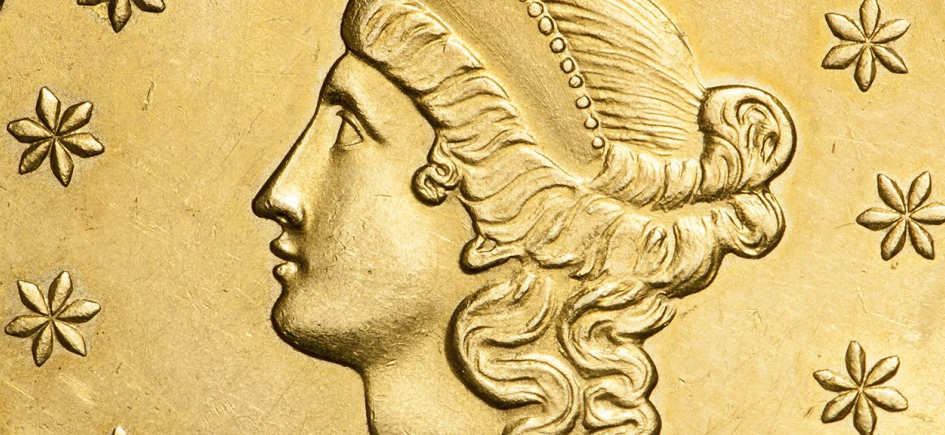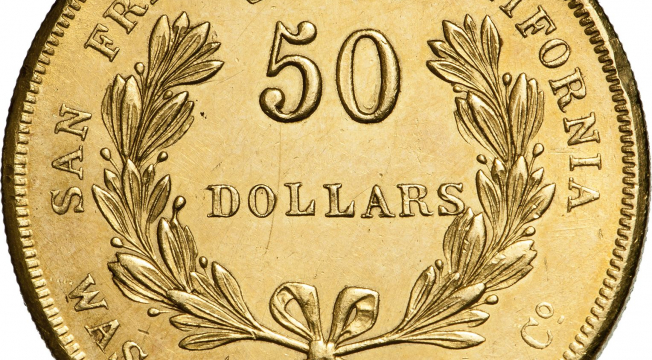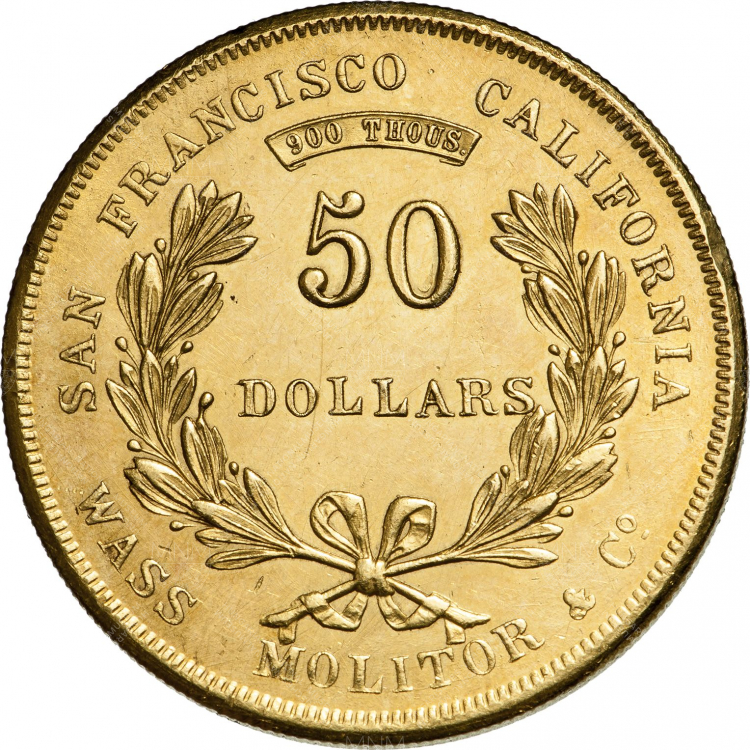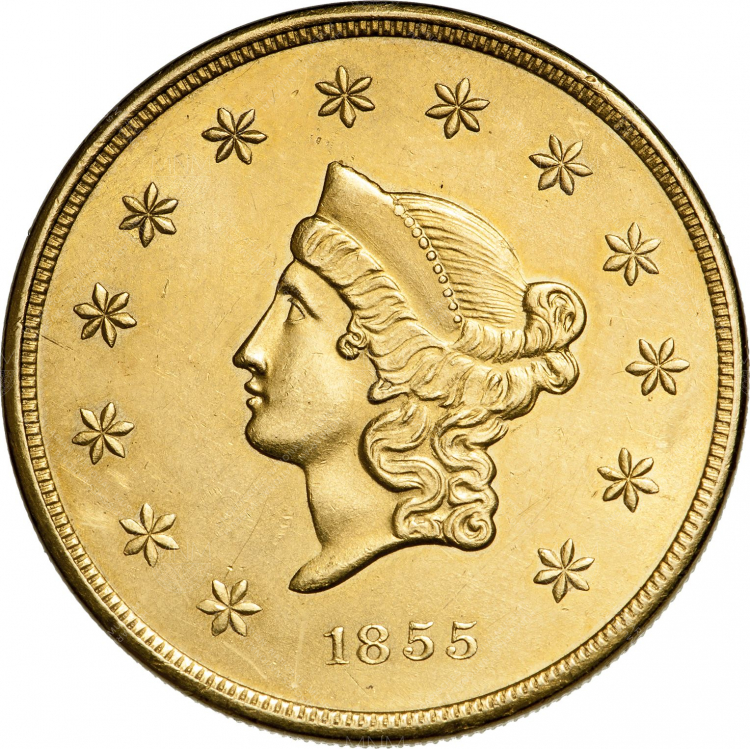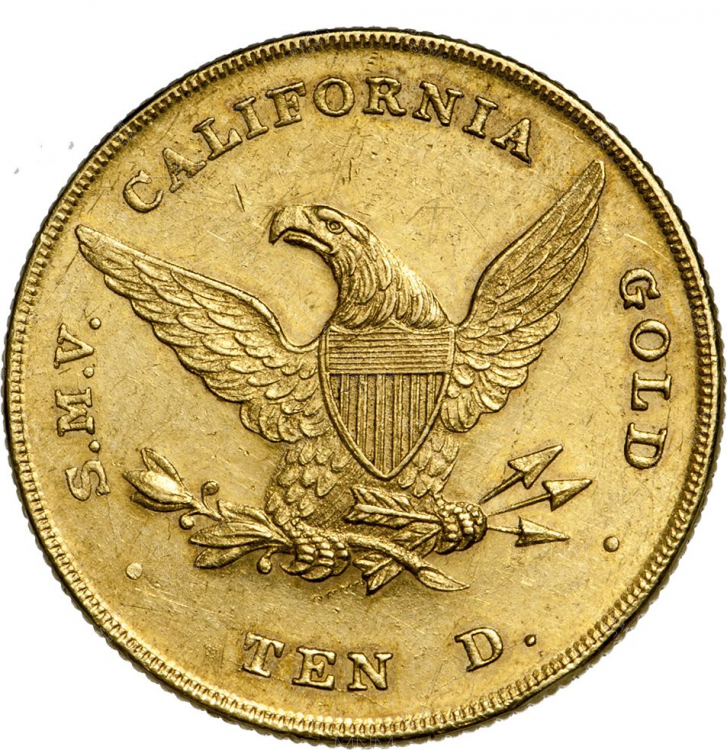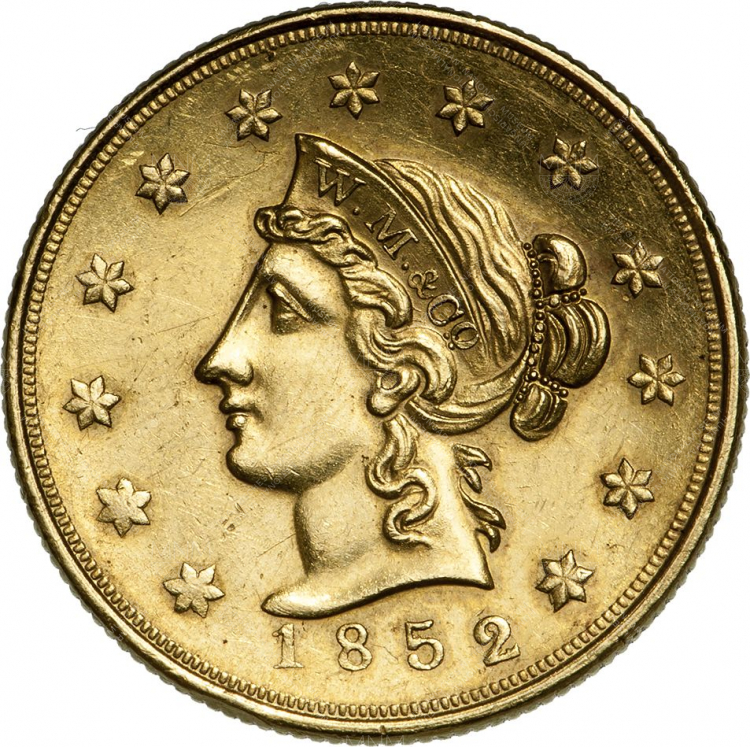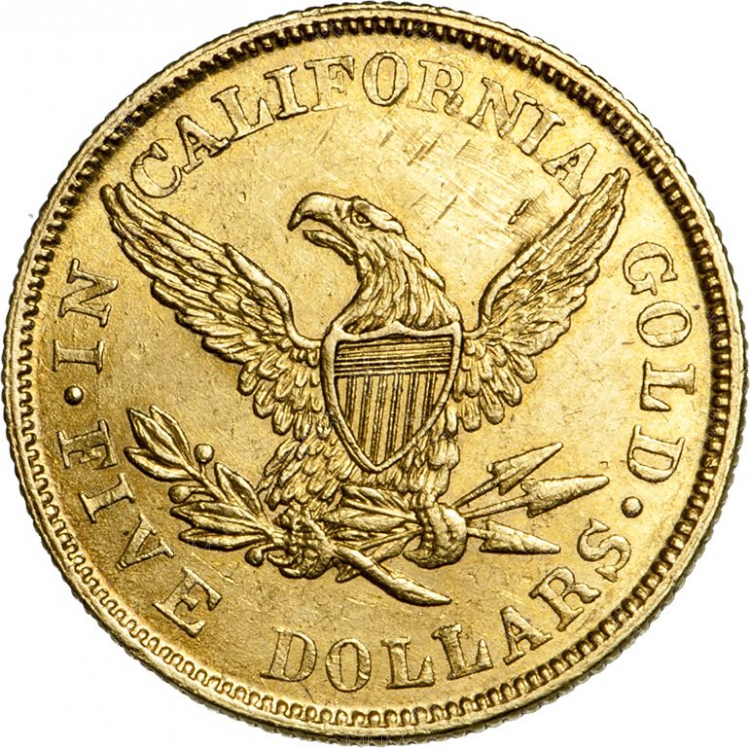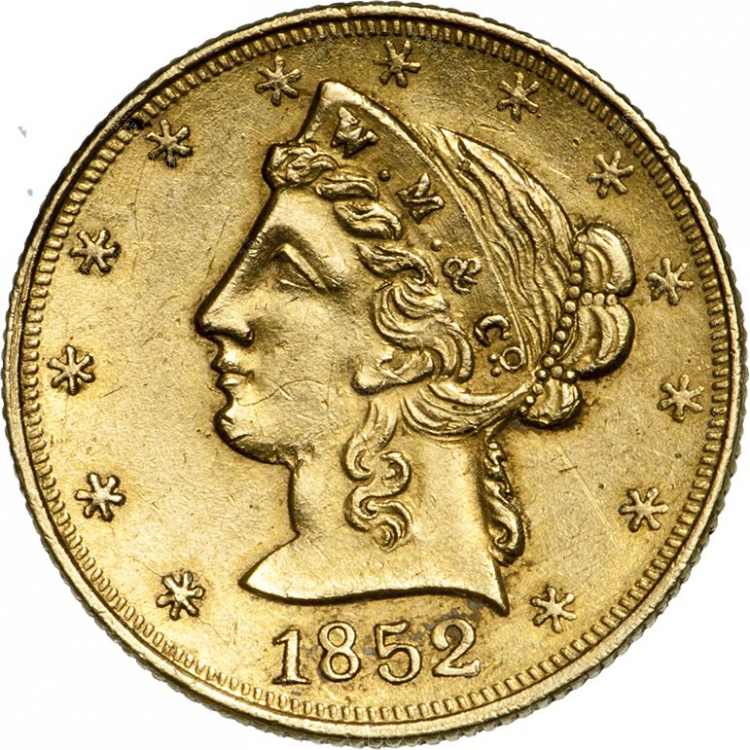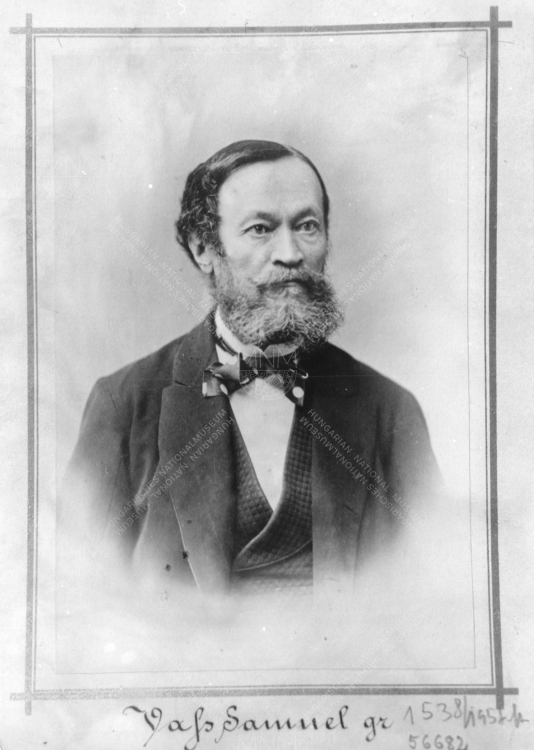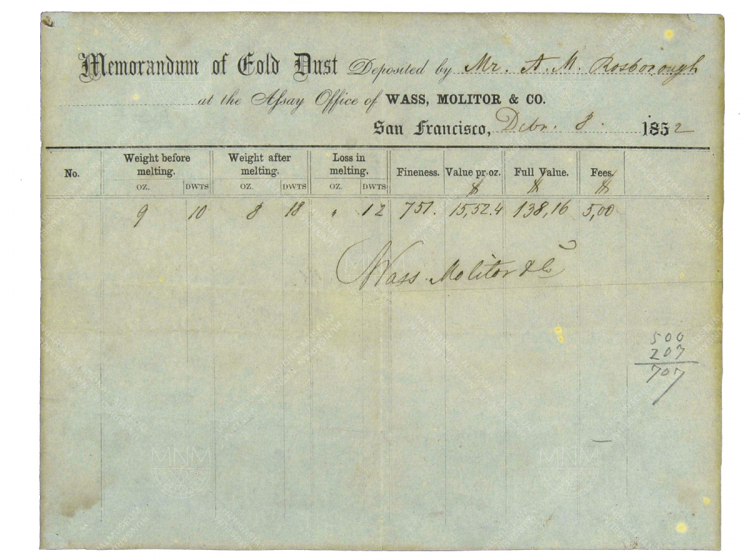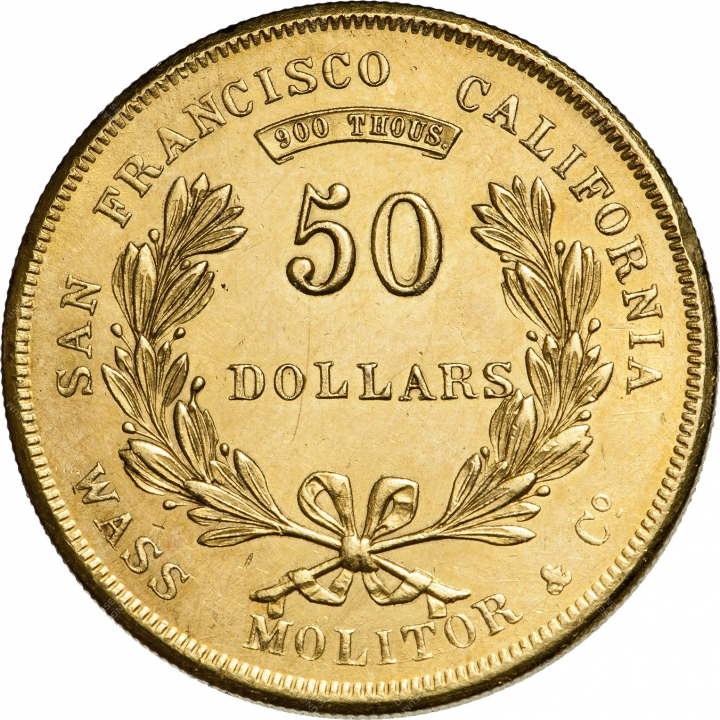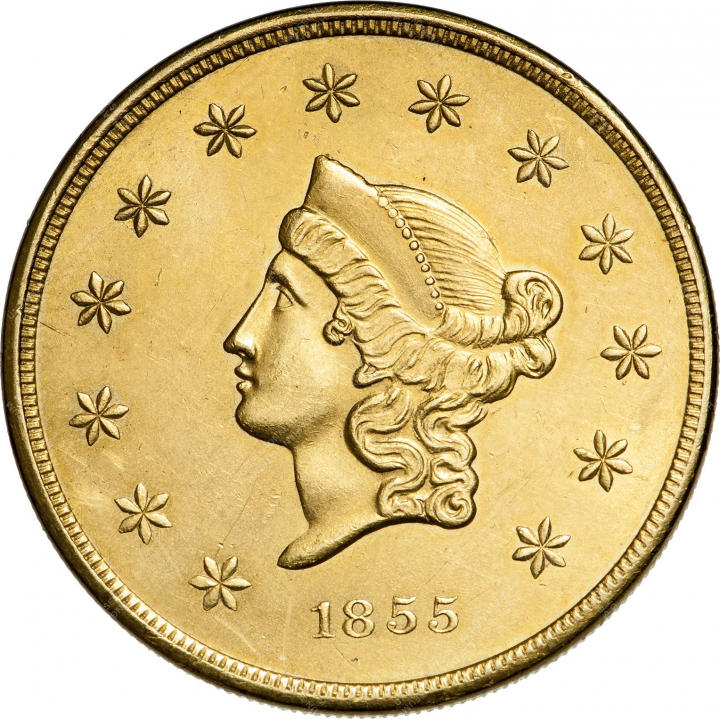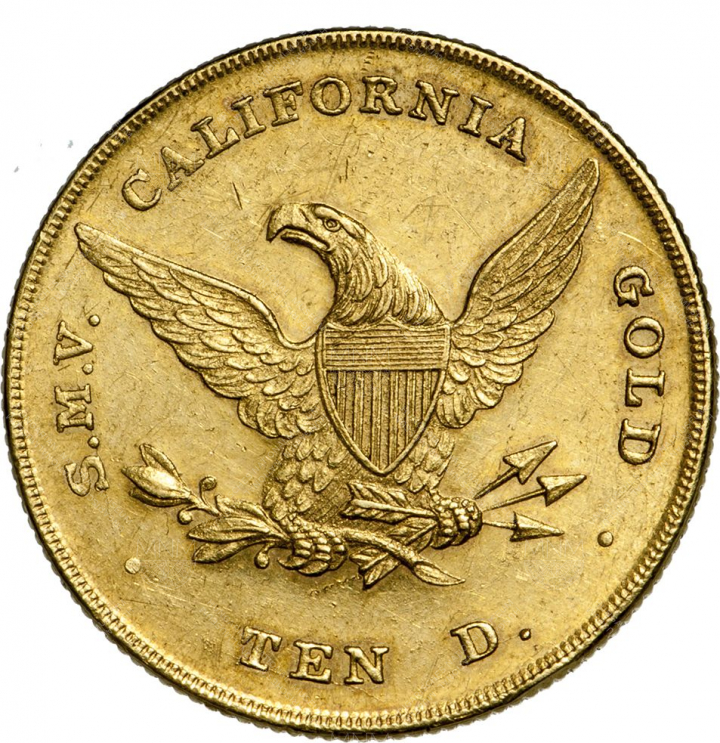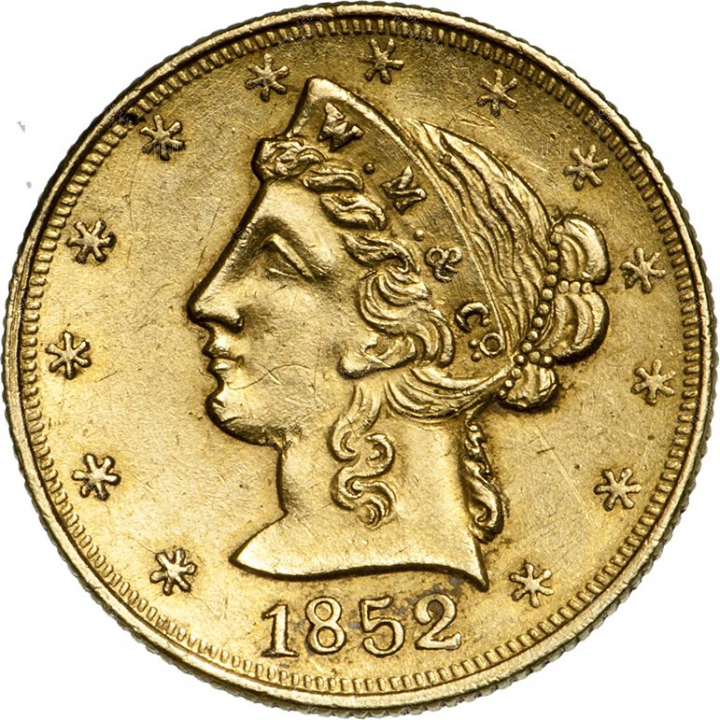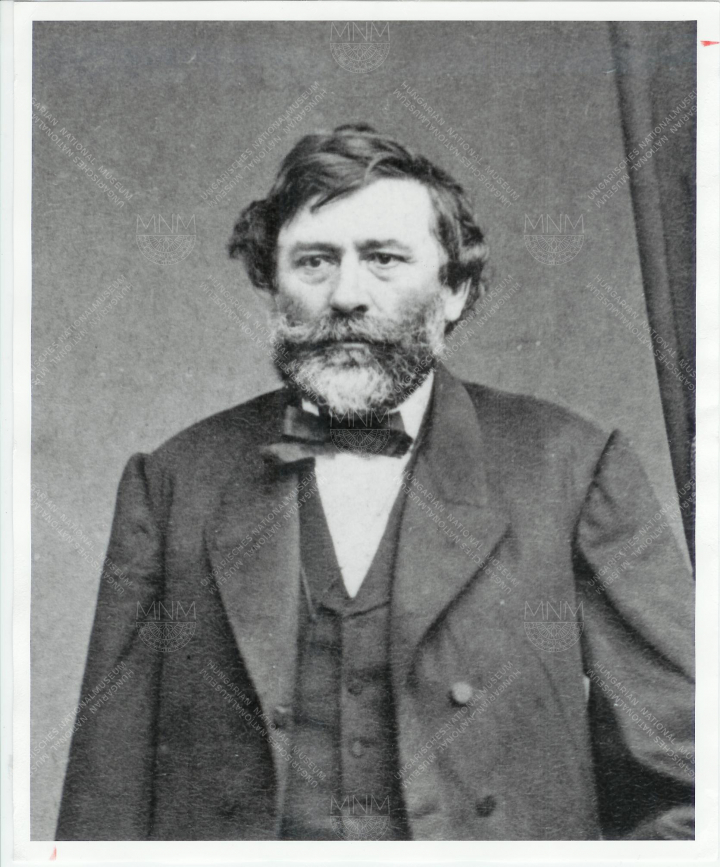
Hungarian „prospectors” in the Wild West
The first world-wide gold rush commenced on 24 January, 1848 when in Coloma, in the vicinity of the river American the first nuggets were found ont he building site of a sawmill. The news spread swiftly, by August everyone became aware of the discovery. In the first wave of the gold rush fortune hunters arrived mostly from distant regions and also from Latin America but as the news got round, immigation started from all over the world. Members of the gold rush generation called 49-ers (Forty-Niners) were not only Americans, a lot of them came from Australia and China but Europeans emigrating after the 1848 revolutions arrived in large numbers, among them Hungarians. Until 1855 an estimated number of 300 thousand immigrants are believed to have arrived in California. San Francisco has turned into a metropolis within a few years. At the peak of the gold rush an estimated 370 tons of gold was mined. In the dinamically developping territory, that became part of the United States of America officially only in 1850, dozens of assaying offices were established for processing and refining nuggets and gold dust mined or panned from rivers by gold diggers. These offices have turned the mined gold into ingots and gold bars to pay the miners. As the United States Mint was only founded in 1854 in San Francisco and did not function smoothly in the first years, everyday circulation was ensured by gold dollar coins minted largely by private firms, among them Hungarians.
At that time, California was the real Wild West, as János Xantus wrote in his letter dated 1857, San Francisco:
„Every day murders and robberies are committed everywhere, without being punished; they are regarded as ordinary things or operations, and one can hardly dream of a future when society may return to its normal level.”
In this cruel world, a few of thousands of Hungarian emmigrants from the late Revolution of 1848–1849 managed to get a real career in the „gold business”, but not as everyday prospectors, rather on a much higher level. They were highly qualified, well-educated, foreign language speaking late military officers of the Hungarian army, who were ready to face the hardships of the world in any place of the world in any field. Partly relying on their earlier studies and experience, partly acquiring new skills and knowledge they became engineers, minerologists, metallurgists, smelters and asseyers over the years. But they never forgot their roots among their tribulations and success and though they became citizens of their new, deliberately chosen home country, their personal achievments were so highly esteemed that it radiated on their motherland.
Let’s quote János Xantus’s letter from San Francisco again:
„I observe with pleasure, in closing my letter, that all our compatriots, who have lived and still living here, have grown rich.”
„My friend Molitorisz, who migrated here from London in 1851, moved back a year ago with bags of gold; he was a money changer and made money at it, and then went to Europe, to enjoy it as long as he can.”
„János Szabó is secretary of the local United States Mint. He gets a good salary, and handles considerable capital in different enterprises.”
„A famous globe-trotter compatriot, Agoston Haraszthi, is in a company with Count Vas and Urnay, the late captains of Honvéds; they have a bank and an exchange office; moreover, they have a gold smelting and refining factory with steam power installation, and they are already millionaires, although their business has just started to flourish.”
Count Sámuel Wass came from a family of Transylvanian aristocrats and expressed great interest in natural sciences from his youth. Owing to his excellent education he was proficient in languages and also excelled in target practice, fencing and swimming. In 1849 he was sent on a diplomatic mission to Constantinople by Kossuth and from there he went to Paris and London and later to the United States ordered by Ferenc Pulszky, commissioner of the Hungarian government in London. His task was to buy weapons for the War of Independence and also to promote the establisment of the Hungarian Naval Force. He learned about the suppression of the War of Independence. He travelled to New York but boarded a ship again on hearing the news of the gold rush and together with his Hungarian companions, Károly Uznay and Ede Damburghy arrived in San Francisco on 7 September 1850. He founded Wass, Molitor &Co. assaying office in 1851 with Ágoston Molitor and Károly Uznay as partners. They used the most up-to-date technology. The company was able to process the raw material provided by the gold diggers and also effect payment in 48 hours as opposed to the official assay office of the United States which performed this process in 8 days. Between 1852 and 1855 their office issued 5, 10, 20 and 50 dollar gold coins sending a copy of each to the Hungarian National Museum. Wass, Molitor & Co. ceased operation officially on 17 March 1857 and their activity was taken over by Haraszthy, Uznay &Co.
The Wass, Molitor & Co. gold coins of the Hungarian National Museum (gift of Samuel Wass in 1855) were certified by Numismatic Guaranty Corporation, see more: HERE








